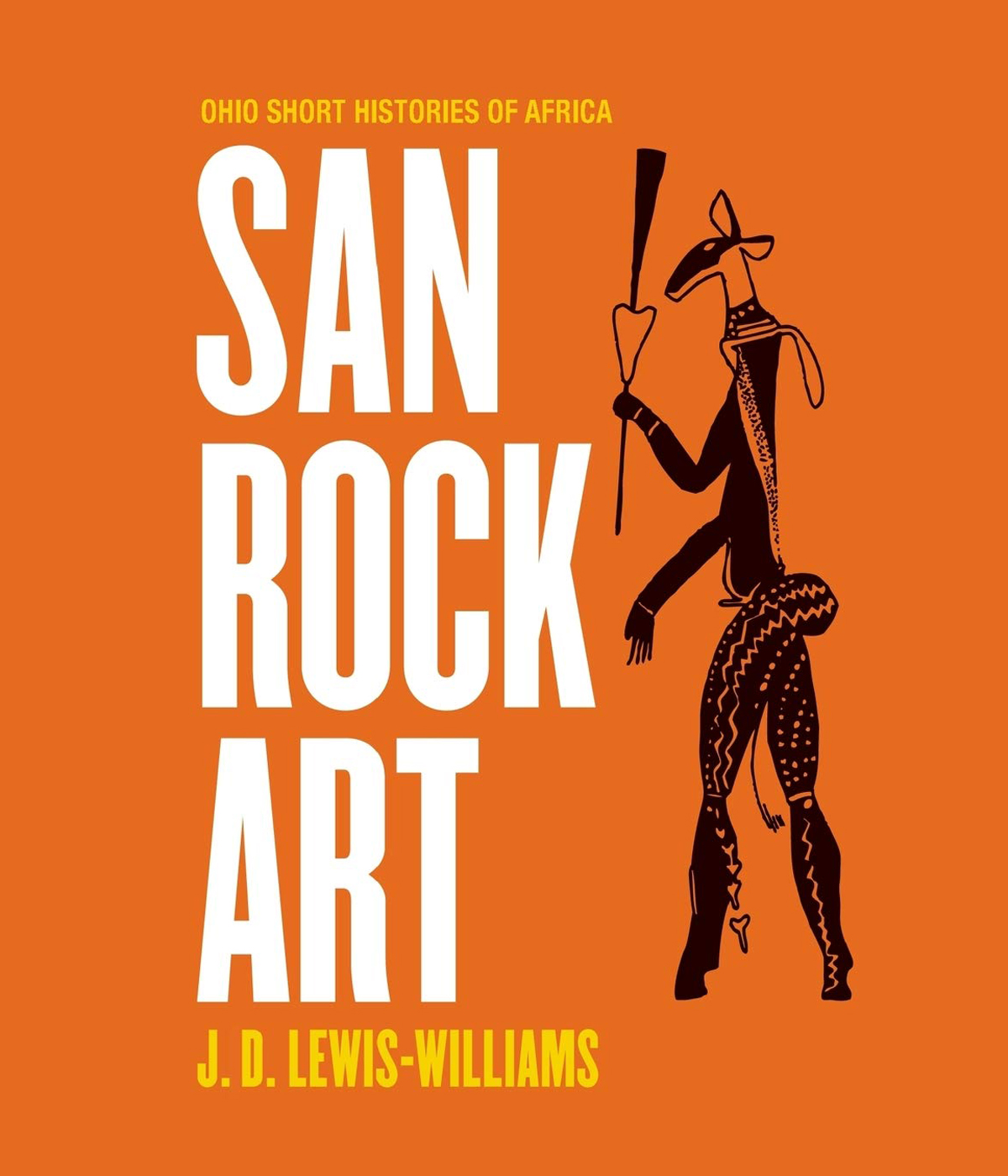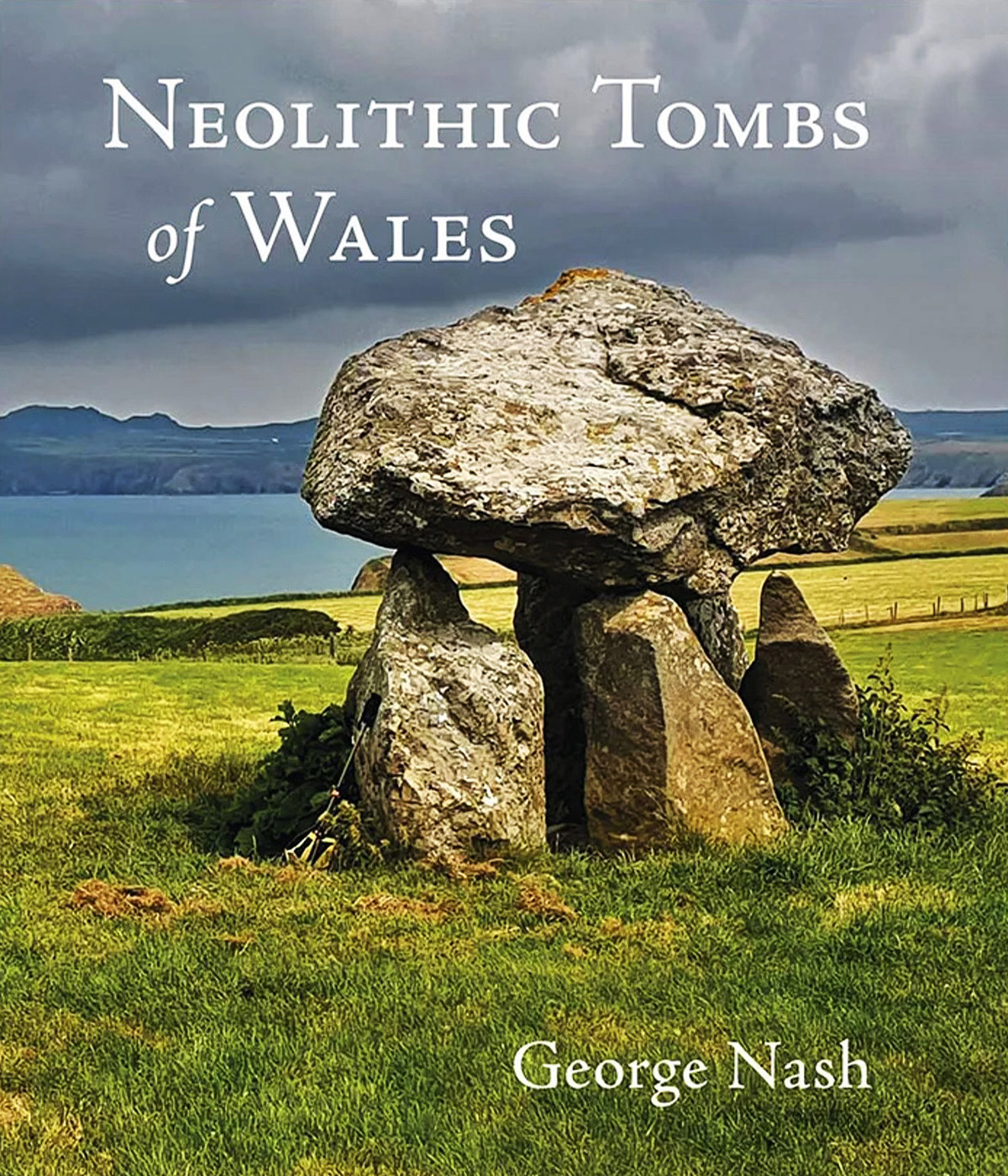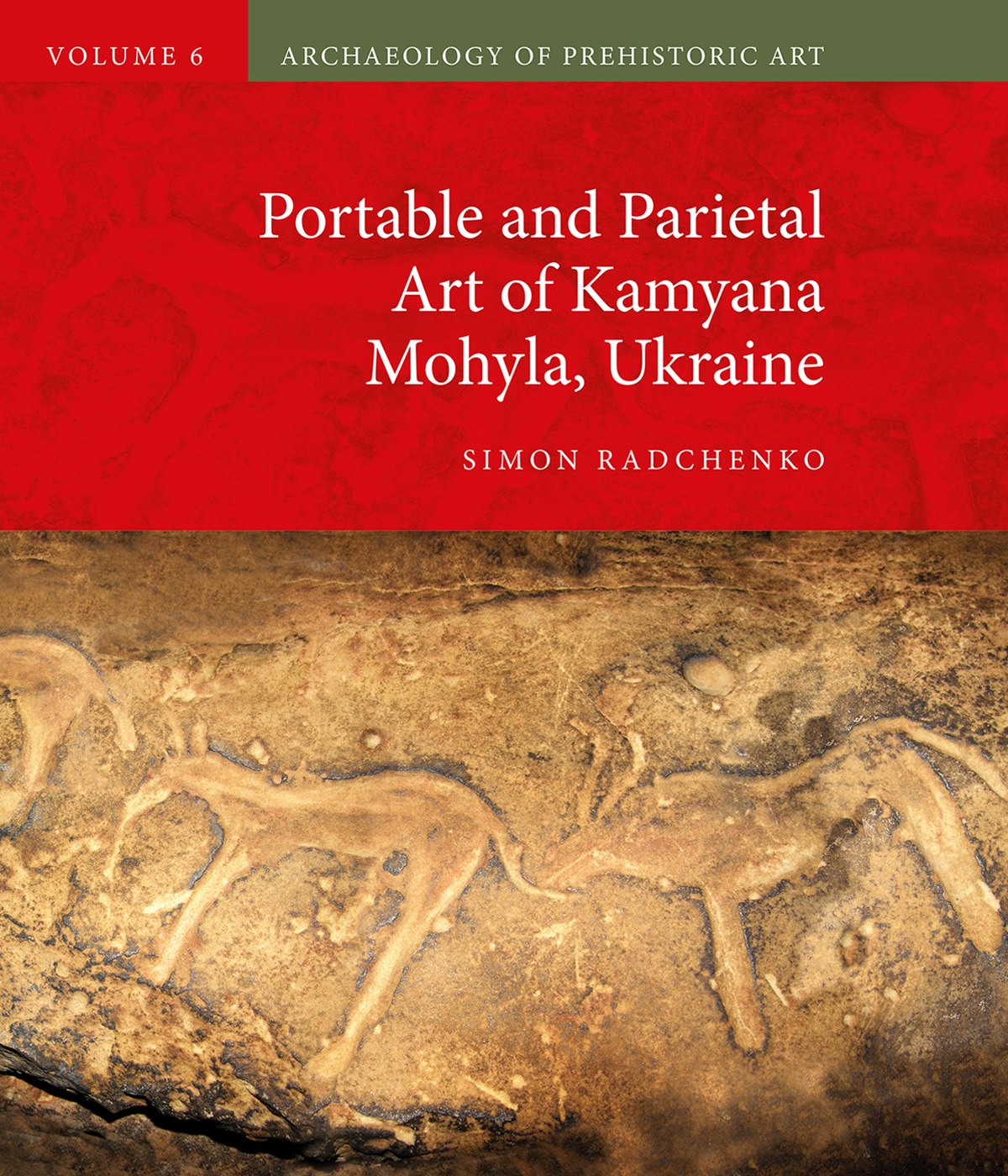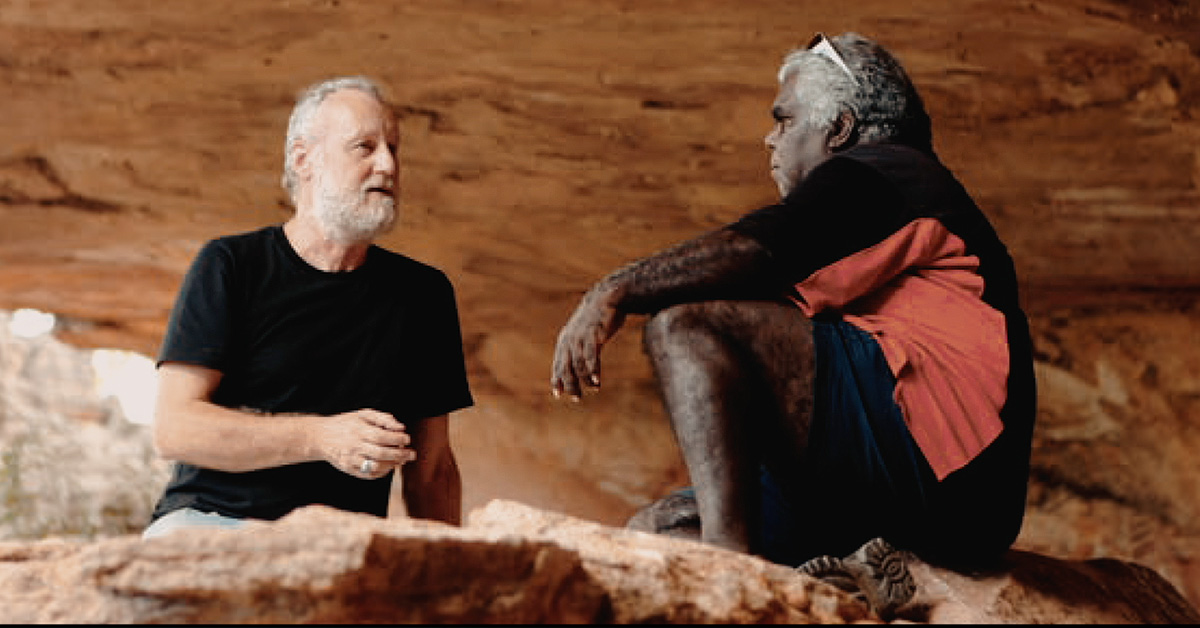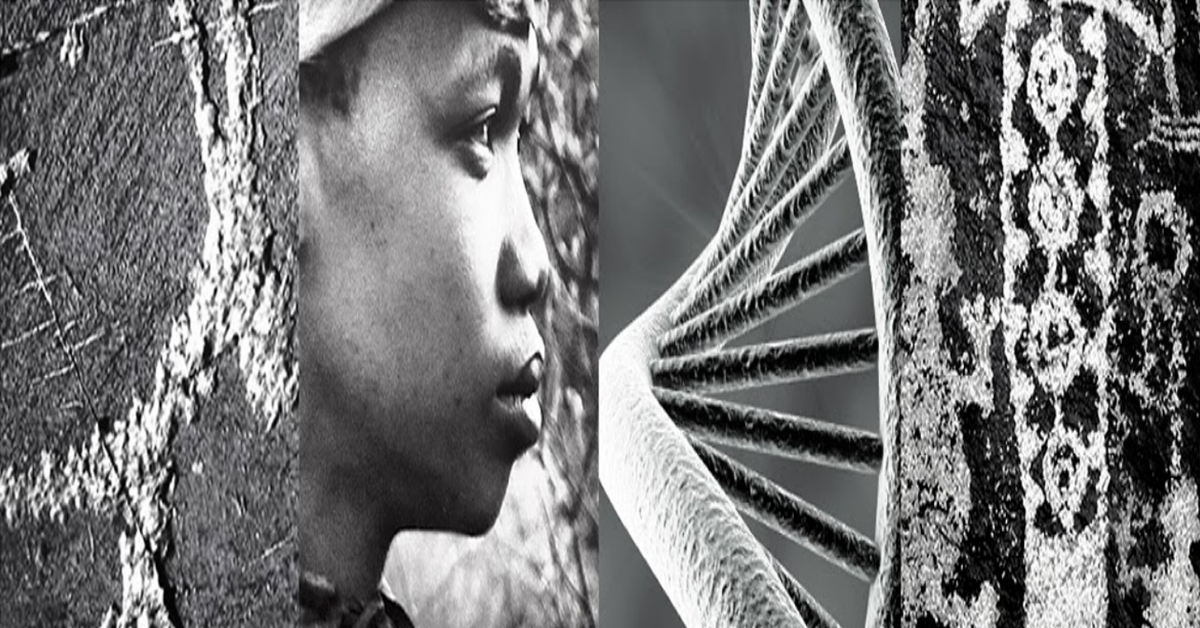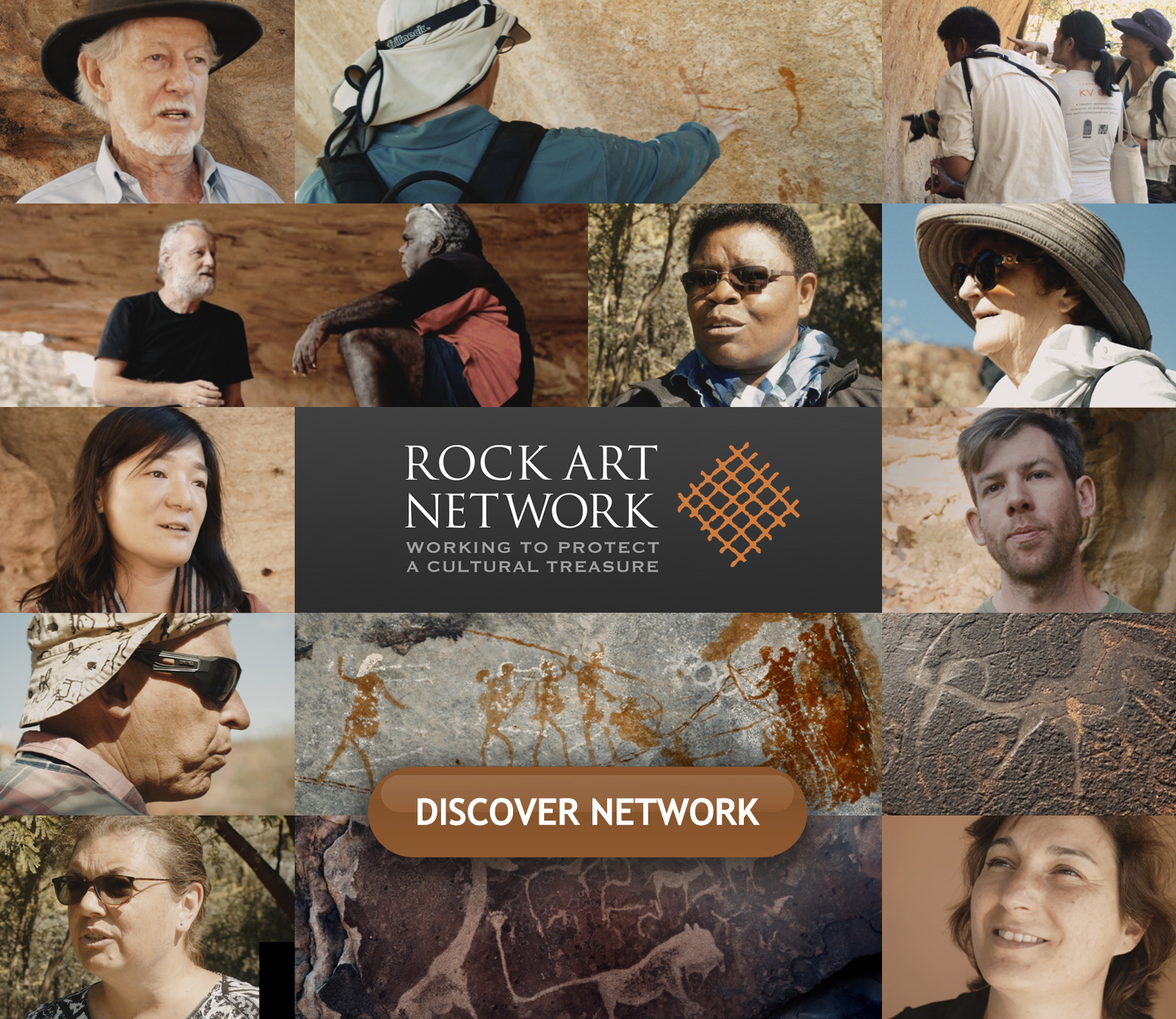


by David Lewis-Williams
- Paperback: 158 pages
- Language: English
- ISBN-10: 0821420453
- ISBN-13: 978-0821420454
- ISBN: 978-956-353-131-2
- Publisher: Ohio Short Stories of Africa,
- Ohio University Press;
- Reprint edition (30 May 2013)
Book Description:
San rock paintings, scattered over the range of southern Africa, are considered by many to be the very earliest examples of representational art. There are as many as 15,000 known rock art sites, created over the course of thousands of years up until the nineteenth century. There are possibly just as many still awaiting discovery.
Taking as his starting point the magnificent Linton panel in the Iziko-South African Museum in Cape Town, J.D. Lewis-Williams examines the artistic and cultural significance of rock art and how this art sheds light on how San image-makers conceived their world. It also details the European encounter with rock art as well as the contentious European interaction with the artists' descendants, the contemporary San people.
Bradshaw Foundation review:
Perhaps only the eloquent and succinct prose of J.D. Lewis-Williams could present, examine and explain the ethnology and artistry of the San culture in such a quintessential manner. Using the Linton panel as 'ground zero', his research into the complex San ethnography - 'where continuities can be indisputably identified' - leads us into the heart of the San thought-world, and thus into San rock art itself.
The author warns of the importance of finding a 'balance between the images themselves and the records of San beliefs and life that are available to us'. But having found this balance, Lewis-Williams emphasizes that the ethnology itself 'is not just a key to the mystery of the paintings: it is a bunch of keys', as the Linton panel, and other San rock art sites, suggest.
From explanations of the 'terpsichorean exercises' and the all-important 'trance-dance' to how the San person, shaman or not, can use a painting to go through the 'veil' to the spirit world beyond, the author reveals a world of ethnographic and artistic potency. However, Lewis-Williams then borrows Wordsworth's observation on poetry, suggesting that 'San rock art should probably be seen as powerful emotion recollected in tranquility'.
With these words in mind, and with this book in your pack, the experience of a field trip in southern Africa in pursuit of the San rock paintings will be greatly enhanced!
David Lewis-Williams:
David Lewis-Williams is professor emeritus of cognitive archaeology at the University of the Witwatersrand in Johannesburg. David Lewis-Williams, as he is known to his friends and colleagues, is regarded as an eminent specialist in the San or Bushmen culture, specifically their art and beliefs. His book, The Mind in the Cave: Consciousness and the Origins of Art (Thames & Hudson) won the American Historical Association's 2003 James Henry Breasted Award. His most recent books are Inside the Neolithic Mind: Consciousness, Cosmos, and the Realm of the Gods (Thames & Hudson) co-authored with David Pearce and published in 2005, Conceiving God: The Cognitive Origin and Evolution of Religion, published in 2010, and Deciphering Ancient Minds: The Mystery of San Bushman Rock Art, co-authored with Sam Challis and published in 2011.
→ Bradshaw Foundation - Book Review
→ South Africa Rock Art Archive
by Kate Winter
13 November 2025 Book Review Archive
→ Neolithic Tombs of Wales
by George Nash
19 November 2024
by Simon Radchenko
22 May 2024
by Meenakshi Dubey-Pathak and Jean Clottes
10 November 2023
by Paola Demattè
12 January 2023
by Paul Pettitt
10 November 2022
by George Nash
19 November 2024
by Simon Radchenko
22 May 2024
by Meenakshi Dubey-Pathak and Jean Clottes
10 November 2023
by Paola Demattè
12 January 2023
by Paul Pettitt
10 November 2022
Friend of the Foundation
by George Nash
19 November 2024
by Simon Radchenko
22 May 2024
by Meenakshi Dubey-Pathak and Jean Clottes
10 November 2023
by Paola Demattè
12 January 2023
by Paul Pettitt
10 November 2022

